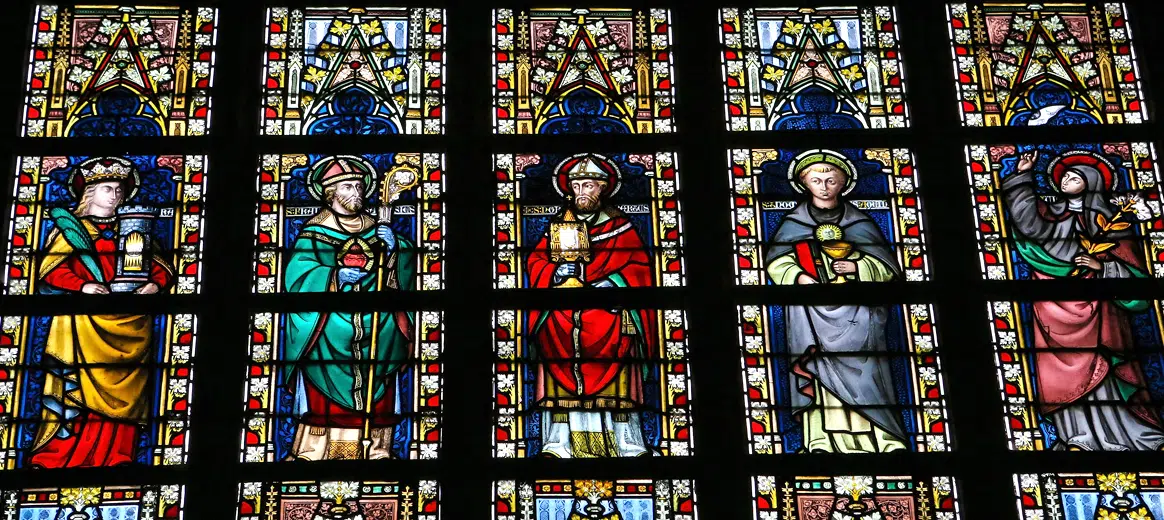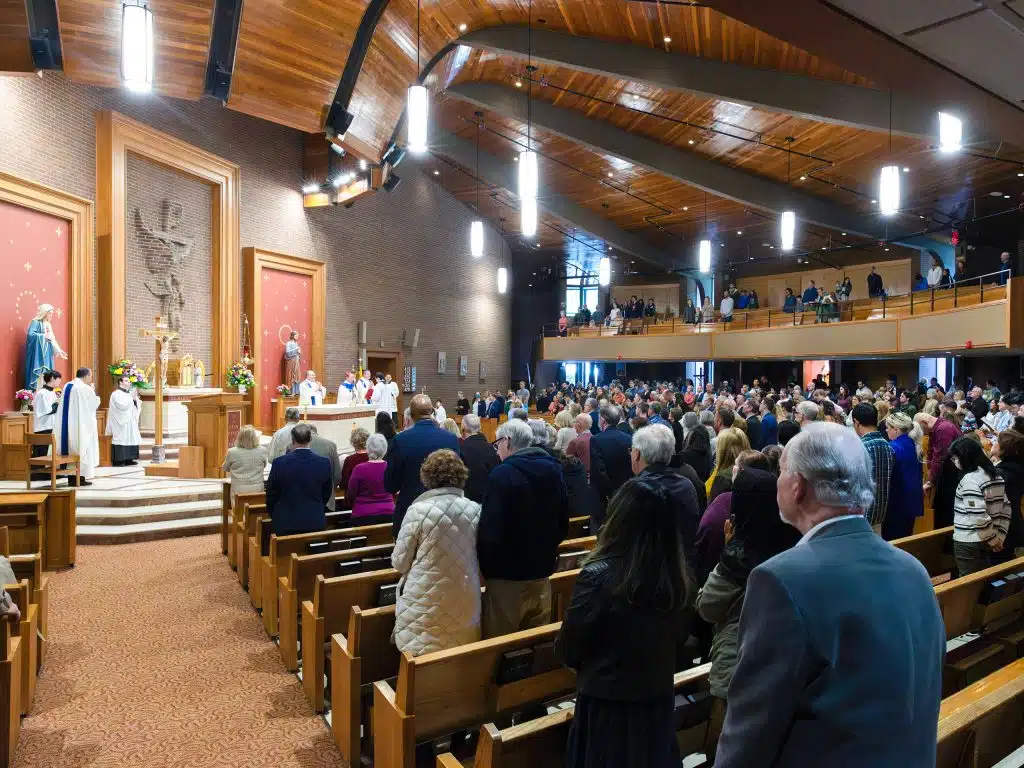St. Nicholas Owen (c.1561-1606)
Feast day: March 22
A patron saint for escape artists may strike you as unexpected. But that is one of the pleasures of studying the saints — time and again we’re reminded that Catholics from every profession, in every condition of life, want their own heavenly guardian. And magicians (some prefer the name “illusionists”) have chosen St. Nicholas Owen as their patron. That is how the patron saint system has always worked. We don’t have to wait for the pope to formally appoint a saint to be patron of one thing or another. In fact, popes rarely do so. It is ordinary Catholics — the folks in the pews — who see something in the life of a particular saint that reminds them of their own situation, and so that saint becomes their patron.
We know that Nicholas Owen was born in Oxford, but we don’t know in what year. The best guess is somewhere between 1561 and 1564. Nicholas’ parents were faithful Catholics at a time when the faith was outlawed in England. Of their four sons two, Walter Jr. and John, became priests; Nicholas became a Jesuit lay brother. Before he entered religious life, Nicholas learned his father’s craft — he became a skilled carpenter.
Under the penal laws enacted by Elizabeth I, and re-implemented by her successor, James I, Catholics were forbidden to hear Mass, to receive the sacraments, to teach their children the Catholic faith or to welcome priests into their homes. Nonetheless, many crypto-Catholic families violated all of these laws to keep their faith alive. The main problem was how to hide priests from the government’s professional priest hunters. That’s where Nicholas Owen stepped in.
Physically, he was anything but imposing. He stood less than 5 feet tall. He limped from a broken leg that had been badly set. And he suffered from an incurable hernia in his abdomen, probably caused by heavy lifting while doing carpentry work.
We know that by 1588, Nicholas was building what were known as “priest holes” in Catholic homes across England. Always working at night and alone so no one else could be implicated, Nicholas built hiding places under stairs, behind wood-paneled walls, beside indoor toilets, even in what appeared to be solid masonry where priests, their sacred books, their vestments and all the liturgical vessels necessary for Mass could be concealed if priest hunters came to the door. Hiding places constructed by St. Nicholas can be seen today at Baddesley Clinton — where Nicholas built several hiding places, Broadoaks Manor, Boscobel House, Harvington Hall, and Oxburgh Hall, to name a few. It is believed that Nicholas built dozens of such holes, but many have not been discovered — a tribute to his ingenuity.
One of his priest holes, at Hindlip Hall, proved to be his undoing. In 1606, after eight days inside the hole, Nicholas came out and, taking care to be far removed from the location of the hiding place, he surrendered to the priest hunters. Inside the hole were two priests.
Robert Cecil, James I’s secretary of state, exulted at the news of Nicholas’ capture. “It is incredible, how great was the joy caused by his arrest, knowing the great skill of Owen in constructing hiding places, and the innumerable quantity of dark holes which he had schemed for hiding priests all through England.”
For six days, the Tower of London’s torturers stretched Nicholas on the rack, but he would not reveal the names of the families in whose houses he had built priest holes. On the sixth day, the torturers were especially brutal. They racked Nicholas so severely that his hernia ruptured and he died.
Jesuit Father John Gerard, whose escape from the Tower had been masterminded by St. Nicholas, wrote of him, “I verily think no man can be said to have done more good of all those who labored in the English vineyard. He was the immediate occasion of saving the lives of many hundreds of persons, both ecclesiastical and secular.”
Craughwell is the author of Saints Behaving Badly and This Saint Will Change Your Life.



